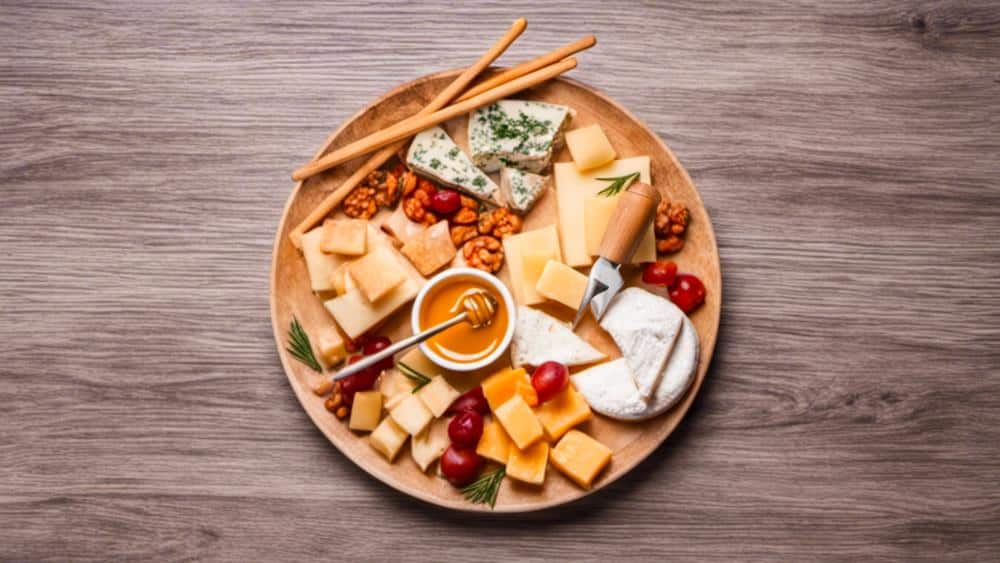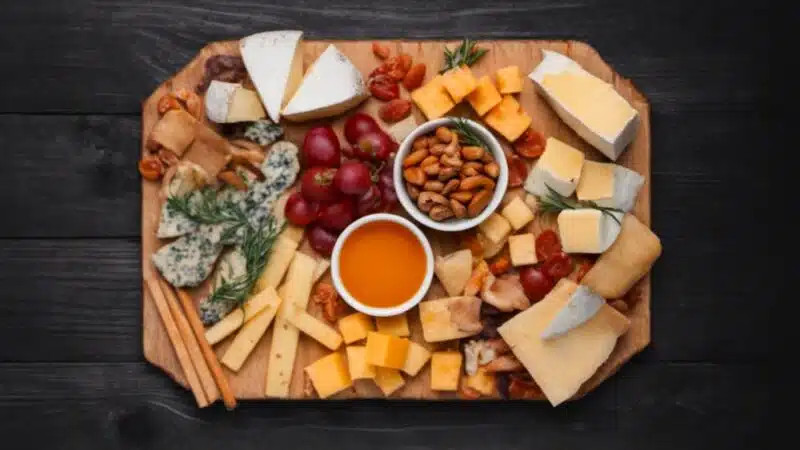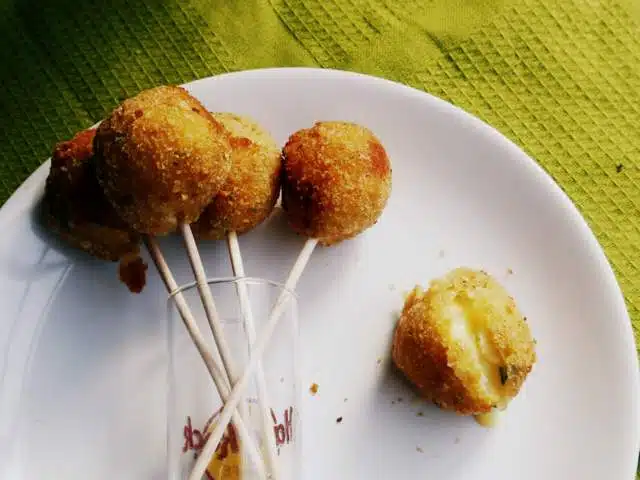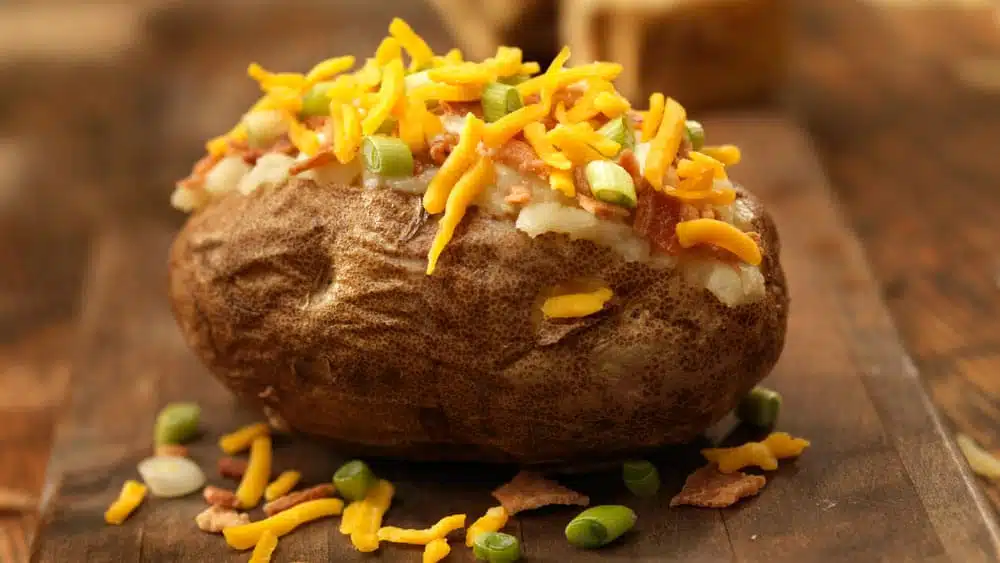Please how we like cheeses! I think that if we make a world vote, we will all agree that it is the best human discovery, after fire. Not to mention that if that cheese table where they are all together and with other ingredients to realize them, we add wine and well ... happiness .
Today we are going to share all the secrets, advice and tips to make a table of wine cheese , simple but colorful and varied.
Content table
About the cheese table
A cheese table is a selection of cheeses arranged in an attractive presentation and accompanied by various elements that enhance their flavors and textures. These tables are very versatile and adapt to a variety of occasions, from informal picnics to more elegant events.
A simple way of eating well and varied
Simple cheese tables usually consist of three to five types of cheeses with different flavor profiles and textures. It is recommended to include a variety of cheeses such as hard cheese, soft cheese, blue cheese, goat cheese and smoked cheese. Accompanying them with elements such as cookies, fresh bread, nuts, fresh fruits and jams can enhance the experience. In addition, you can add olives, pickles and cold meats such as salami.
The key to a simple cheese table is the diversity of flavors and textures to satisfy a wide range of palates.
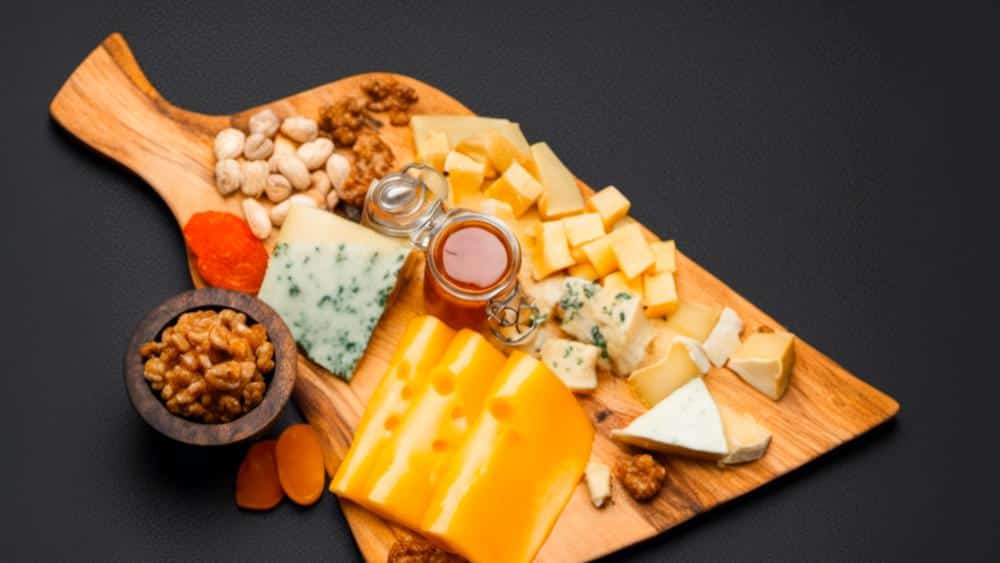
Cheese and wines pairing: careful to the palate
When it comes to creating a table of cheese to pair with wine, it is important to consider the harmony between the flavors of cheese and wine , that is, the intensity and flavors of each of them. The usual is the pairing by similarity.
- Soft cheeses, such as Brie or Camembert, usually combine well with dry white wines, while the most intense cheeses, such as Cheddar Añejo or Roquefort, can harmonize with robust red wine.
- Blue cheeses are an interesting choice for sweet wines such as Porto wine. In addition to cheeses, fruits such as grapes or figs, nuts and honey can be included in the table to highlight wine nuances.
The choice of cheeses and wines must focus on balance and enhance flavors instead of competing with each other.
6 necessary data for cheese lovers
- Although modern cheese tables are a common element in gastronomy , cheeses have been consumed by humans for thousands of years. The first cheeses are believed to date more than 7,000 years ago in what is now Poland.
- Cheese lovers often use sophisticated language to describe flavors and textures. Words like "Terroir" are used to denote the influence of the geographical environment on the taste of a cheese.
- France is known for being the country with the greatest number of different cheeses. It is estimated that there are more than 1,000 types of French cheeses, offering a wide variety to enjoy in a cheese table.
- Some cheeses have sold at extraordinary prices at auctions. Pule cheese, produced in Serbia from donkey milk, has been sold for several thousand dollars per kilogram.
- The combination of cheeses and wines is an art in itself. General rules have been developed to pair cheeses with wines that seek to enhance the flavors of both.
- Throughout the world, there are events and festivals dedicated exclusively to cheeses , such as the Gruyères cheese festival in Switzerland or the BRA Festival in Italy.
Follow on Instagram ( here )
and on YouTube that I upload new videos every week ( click here )
How to make a large cheese table
The creation of a cheese table is a creative experience
- To start, select a variety of cheeses that include different flavors and textures . Opt for soft and creamy cheeses, semi -diving cheeses, hard cheeses and blue cheeses to offer a diversity that attracts all palates.
- Choose an adequate surface to present the cheeses. Wooden tables, marble slabs or blackboards are excellent options to create a rustic and elegant environment. Place the cheeses attractive in the table. Distribute so that they are accessible to your guests. Cut some cheeses into pieces and leave other integers.
- Finally, add decorative elements and accompaniments . You can incorporate fresh fruits, nuts, cookies, rustic bread , jams, olives and fresh herbs to enhance the visual appearance of the table and complement the flavors of the cheeses.
Infallible ingredients in the cheese table
A cheese table is a delicious and versatile presentation of cheeses accompanied by a variety of elements that enhance their flavors and textures.
- Cheese : cheese selection is the main element. They can include a variety of cheeses with different flavor profiles and textures. This may include soft cheeses such as Brie or Camembert, Semiblandos cheeses such as the Gouda, Semi -ups like Cheddar, hard cheeses such as Parmesan and blue cheeses such as Roquefort.
- Cookies and/or bread : Provide a selection of cookies, breads and crackers to serve as vehicles for cheeses. Fresh bread, baguettes or Grisini are also excellent options.
- Fresh fruits : Adding fresh fruits such as grapes, figs, apples or pears can offer a refreshing contrast with cheeses and add a natural sweetness.
- Nuces: nuts such as almonds, nuts or hazelnuts complement cheeses and provide a crunchy touch.
- Jams and jams : offering homemade jam , jams such as figs in syrup or fruits chutney, you can provide a sweet touch and an interesting contrast.
- Olives and Pepinillos : green and black olives, as well as homemade pickles , are salty options that can balance the flavors of cheeses.
- CHARCERTY : You can complement the cheese table with cold meats, such as salami, prosciutto or serrano ham. These options add variety and flavor.
- HERBS AND EDIBLE FLOWERS : Add fresh herbs such as rosemary or thyme, as well as edible flowers, can give a touch of freshness and aesthetics to the presentation.
- Honey : a small honey bowl can be an excellent accompaniment for cheeses such as goat cheese or gorgonzola, since the contrast of sweetness and flavor can be very attractive.
